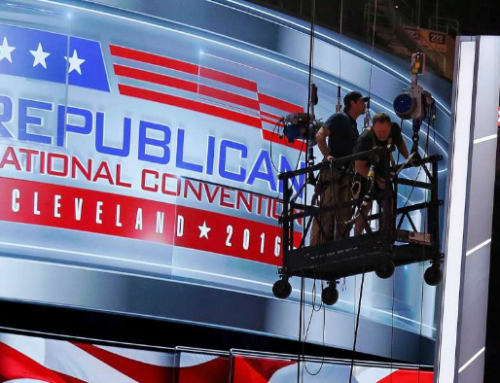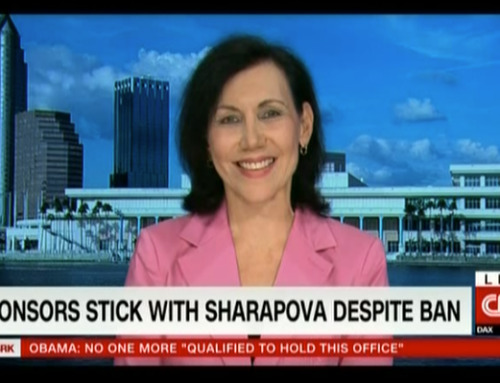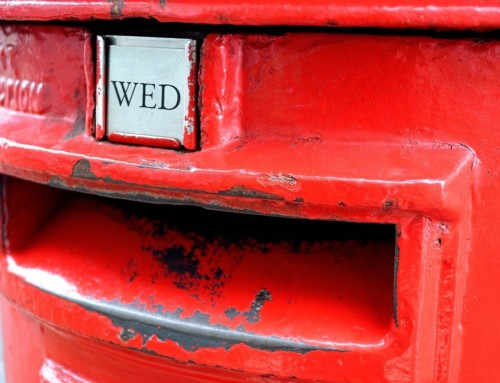
Billboard marketing is something that just about everyone is familiar with, they line streets, busy intersections not to mention sports stadiums across the land. We can barely turn a corner without seeing some billboard advertising some product or company or promoting an event. The most popular method of billboard advertising is aimed at drivers thus the reason we see them on busy highways and streets and they can be useful , letting you know what’s up ahead or how far to the next hotel or restaurant and are aimed at allowing a driver to quickly view and grasp the message being broadcast. Anyone who has ever driven across the United States is familiar with billboards advertising truck stops, restaurants, motels and hotels. I recall seeing billboards advertising the “Waffle House” across several states and starting in Kansas seeing billboards for “Stuckeys” all the way to Philadelphia.
The history of billboards goes back thousands of years starting with the Egyptians who used a large tall stone obelisk to publicize laws and treaties. This was one of the first methods of broadcasting a message to a large audience. In 1436 Johannes Gutenberg invented the printing press known as the Gutenberg press, and while this was a revolution in the production of books it also was the start of a technology that allowed and made it possible to cheaply disseminate information to the masses. This invention made it possible and led to the creation of the handbill, which was an advertisement intended for wide distribution. In early America we saw some of the first billboards as roadside advertising for local businesses. In 1835 Jared Bell starting printing posters for the circus and in New York is where the first large American poster was born and around the turn of the 20th century a national billboard advertising boom started with big advertisers mass producing billboards for the national market advertising everything from toothpaste to cigarettes to tequila, coca-cola, and Disneyland. Modern billboards are still going strong and cost anywhere from $500 and up, depending on location, location, location.
Let’s fast forward to today and discuss a relatively new form of advertising which is Digital Billboards which is based on the traditional platform of billboard advertising using a digital format. While this is fairly new, some form of digital signage started being used in the 1970’s using in-store VCR’s and T.V.’s as a way to attract customers, but unlike modern digital signage this was always a closed circuit and prerecordedezinearticles.com.
Today digital billboards are popping up everywhere all over the country. Anyone who goes to Las Vegas for the weekend will see a myriad of digital billboards splattered across the Las Vegas Strip from the famous MGM Grand billboard to a smaller but very visible one at Circus Circus and of course anyone going to Times Square in New York has seen the giant digital billboard that encompasses that building.
There are hundreds of digital billboards popping up in metropolitan areas all over the U.S. which pales in comparison to the hundreds of thousands of traditional billboards seen all over America, but these numbers are expected to grow and rapidly. So what is all the hullabaloo about? While digital is sexier and is the all dressed up ready to party version of billboard advertising, but from the advertiser’s perspective, what’s the difference? Does it really make a difference? The difference is they are backlit, easier to read, advertising can be changed frequently and on the fly and from the marketing companies perspective they can rotate through several clients ads instead of just one being there, so that each time a driver passes by they can potentially see a different ad. These billboards can rotate ads every few seconds and they can change the ad from miles away, and clients can change ads anytime, without having to wait a month for the redesign to be applied. Want to change the dates, or add a location? No problem, it will be changed this afternoon. Paul Meyers the CEO of Clear Channel says this technology is not limited to just large billboards, it can be applied to anywhere there is a flat surface such as buses, bus stops, taxi cabs, mall kiosks and more.
Okay so you want to cut to the chase, how much does it cost? The cost varies depending on the size and the location but the average cost is anywhere from $1200 to $10,000 a month. Is it worth it? Only time will tell but according to Magic Media Jimmy McAndrew within a few years all billboards will be digital.
Unfortunately the news on digital billboards is not all good; some cities are banning this new technology due to safety issues. In March, the city of Denver has outright banned them and other cities have temporarily suspended them pending a federal study on whether or not they distract drivers. In Los Angeles a one year moratorium was placed which was challenged in federal court by Liberty Media Corp. but U.S. District Judge Audrey B. Collins tentatively upheld the band for the time being.
The digital billboards are a distraction,” says Fred Wessels, an alderman in St. Louis, which just approved a one-year moratorium on new signs in that city. “There’s no doubt in my mind that they are not a driving distraction,” says Bryan Parker, an executive vice president for Clear Channel Outdoor. So the jury is still out on the legal future of digital billboards… Stay tuned.
Campaign example in above was a silver Obie winner in 2010 winner in the food and restaurant category. GREAT WORK!
Entry Group: Traditional Billboard Campaign, Agency: Cramer-Krasselt, Advertiser: Johnsonville Sausages, Brand: Johnsonville Sausages
Title of Work: “Blankville” Campaign, Executive Creative Director: Chris Jacobs, Creative Director: Brian Ganther, Art Director: Matt Herrmann, Copywriter: Brian Ganther, Photographer: Tim Turner, Getty Images





